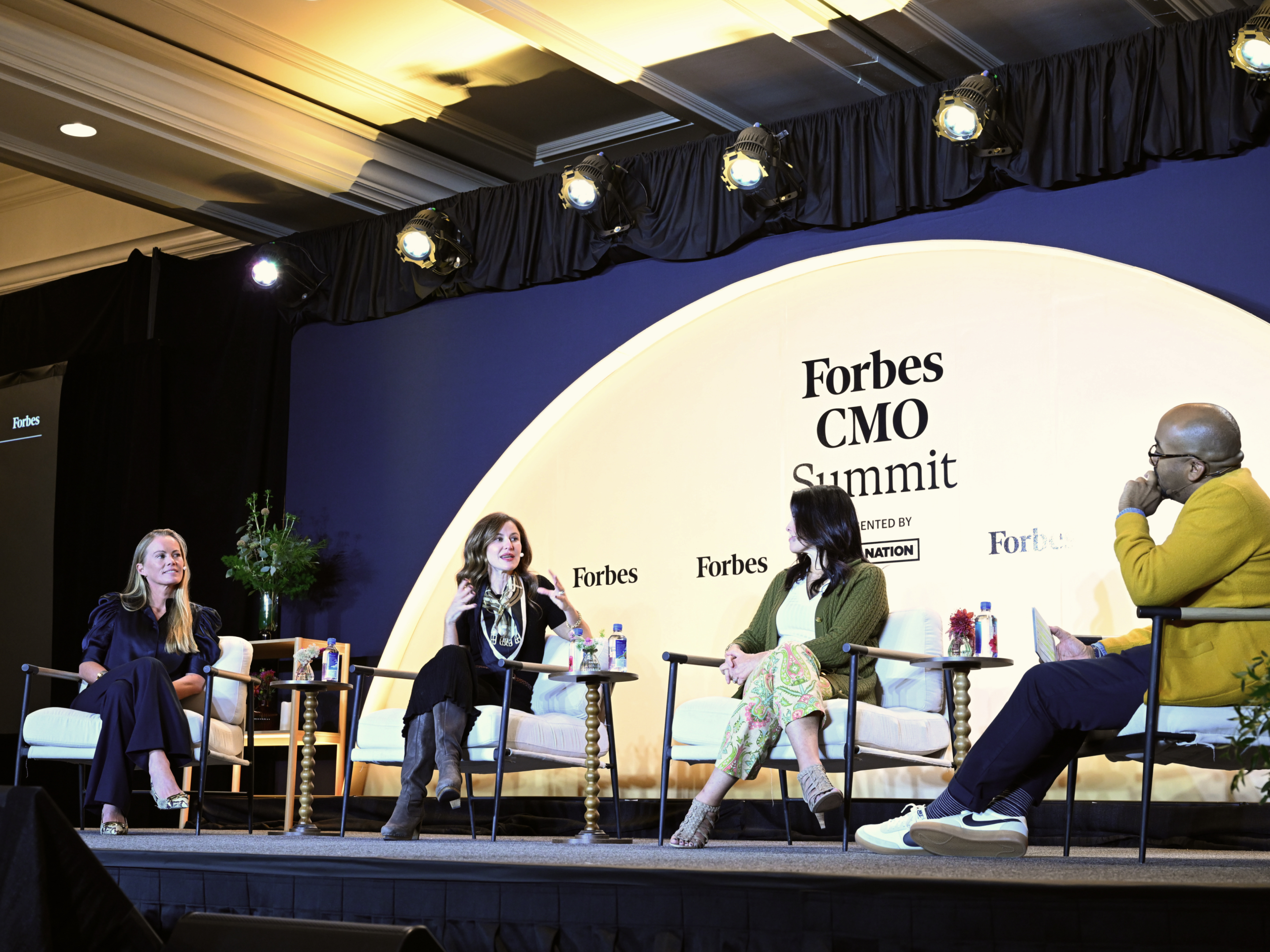In today’s rapidly evolving advertising landscape, retailers are increasingly thinking outside the box to unlock greater customer loyalty and incremental revenue.
Retail media networks (RMNs) are a powerful way for retailers to put their valuable first-party customer data to work on behalf of their endemic merchant partners – promoting products or services that are sold on the retailer’s own site. By developing tailored advertising opportunities primarily on their owned and operated properties and building on robust customer purchase behavior, retailers provide merchant partners with a unique opportunity to connect with customers at a pivotal moment – when they’re actively shopping. And because RMNs primarily operate within a walled garden, they’re able to provide advertisers with durable, closed loop attribution and measurement, allowing them to understand the return on their ad spend.
Beyond endemic: The power of non-endemic advertising
RMNs are increasingly looking for additional opportunities to unlock value from their impressive first-party audience insights. At the same time, marketers are looking for more ways to activate first-party data as they shift away from third-party cookies and identifiers that are becoming less effective over time.
This alignment opens the door to impactful non-endemic advertising, which is advertising that promotes products and services that are not sold on the retailer’s own site. Non-endemic ads can extend and complement an RMN’s advertising channels and broaden their advertiser mix, allowing retailers to tap into incremental revenue. Retailers can offer a full commerce media experience – combining traditional endemic offers with highly relevant non-endemic ads.
While endemic ads are very effective before product selection, their influence is limited post-product selection. This is where non-endemic ads come in, complementing their endemic offerings and extending the transaction to further surprise and delight customers. A customer who’s already completed a purchase is much more likely to respond to new, highly relevant offers. Tapping into this crucial moment of the buying mindset attracts greater engagement and conversion than typical contextual targeting from display ads.
RMNs that support endemic and non-endemic advertising ensure a full customer experience: Endemic advertising is perfect for shopping, while non-endemic advertising is ideal for buying. Relevant non-endemic ads can pick up where retail media leaves off.
The importance of relevance in non-endemic advertising
To optimize the post-product selection experience, retailers can leverage technology that combines the RMN’s access to rich first-party data with sophisticated machine learning models to maximize relevance through acquisition, purchase, and post-purchase.
For example, a customer shopping for moving supplies is likely also in the market for home insurance, something the retailer might not sell directly. Non-endemic advertising, when executed well, can introduce relevant products or services from non-endemic brands, potentially increasing customer value and loyalty.
According to a recent report with The Harris Poll, 61% of shoppers enjoy the feeling of adding on items while checking out, and nearly half of shoppers want to see relevant offers post-purchase.
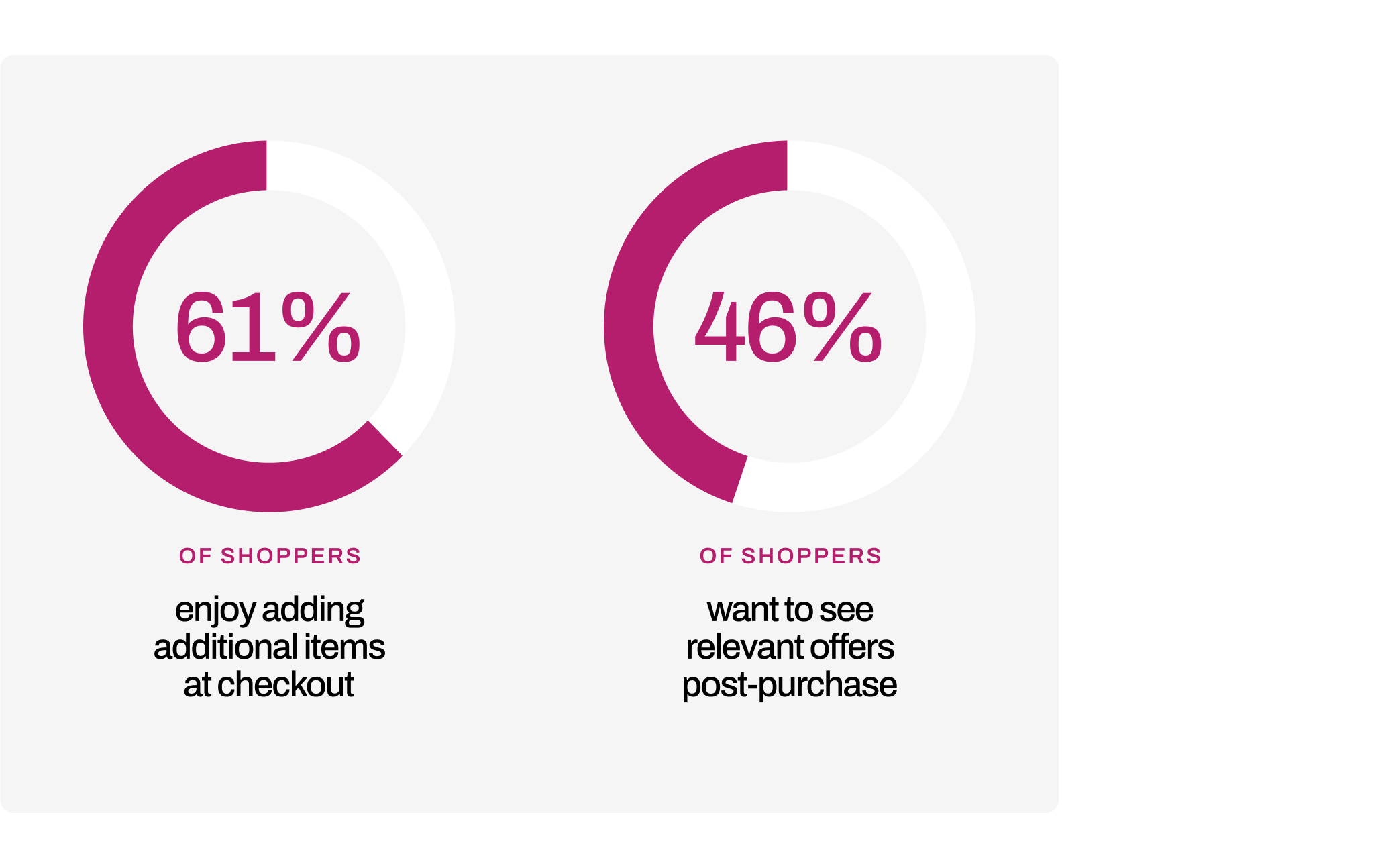
A great example of best-in-class non-endemic advertising at work is Best Buy. After just launching its own RMN in 2022, Best Buy Ads is currently ranked in the top 10 RMNs out of 1,000. It actively features advertisers whose products or services are not sold in Best Buy stores. This ensures it’s utilizing its robust customer data to meet customers in the moment that matters.

Marketing to make the moment
By delivering non-endemic offers during the transaction moment, when engagement is highest, retailers can take advantage of the full end-to-end ecommerce experience. For example, a person who’s planting their vegetable garden right now might also be interested in other food-related opportunities. So, a retailer can promote endemic products (like seeds or plant food) as well as non-endemic offers (like the cooking shows on NBC Peacock).
While NBC Peacock may not be directly related to the retailer, real-time first-party data could uncover that the same customer is interested in both. The customer is more likely to engage with NBC Peacock because this brand is highly relevant to them. The retailer gets a share of the NBC Peacock ad revenue at no monetary cost, the advertiser drives a new acquisition, and the customer gets rewarded with a highly relevant and compelling offer that enhances their shopping experience.
One way to achieve this relevance is to use technology that leverages machine learning and first-party data to understand a person’s interests, behavior, and cross-purchases between retailers and advertisers. These solutions can ensure targeting on a one-to-one decision-making level or even offer in-app promotions, in addition to providing close loop attribution for advertisers. Due to the highly relevant nature of the offers, non-endemic ads can drive up to $300K in incremental revenue for every 1M transactions.
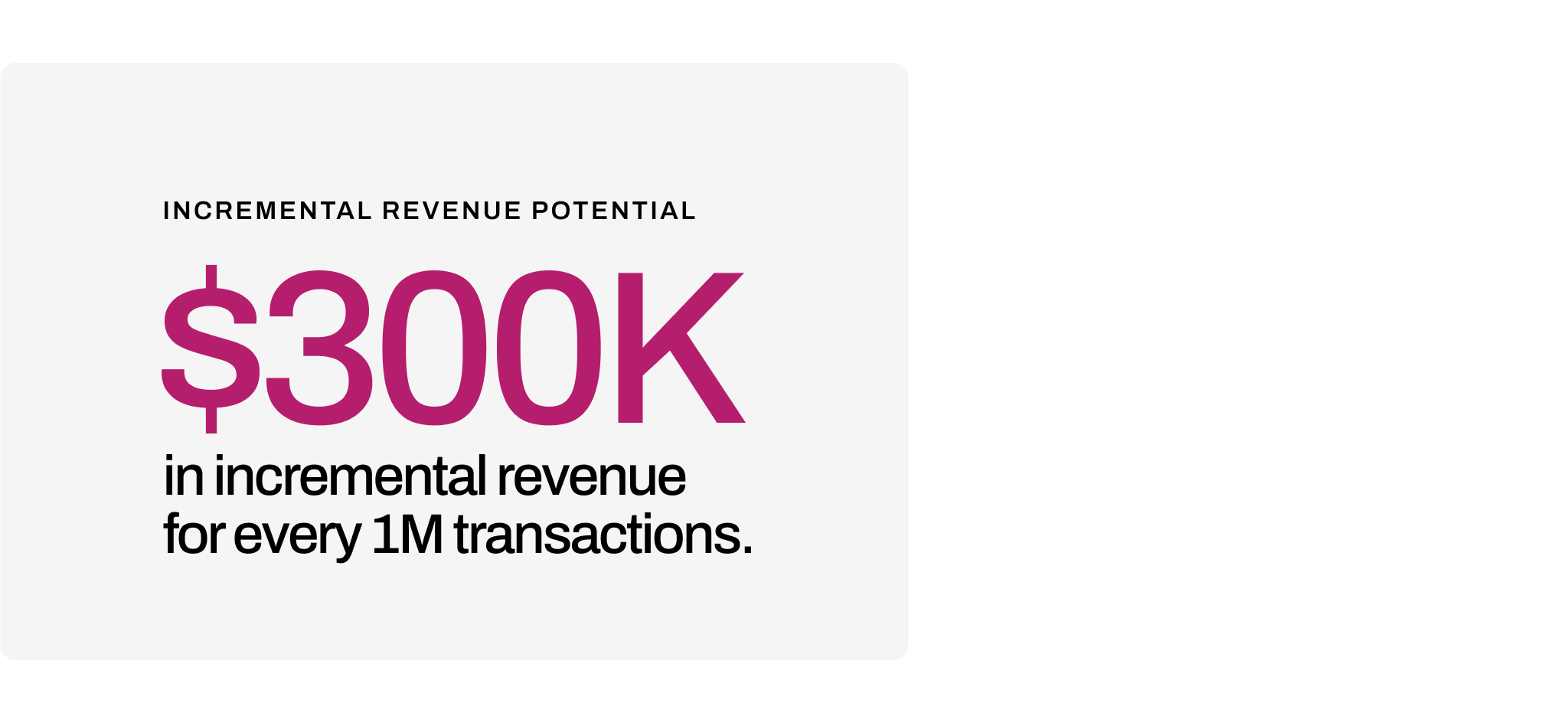
Unlocking the benefits of non-endemic advertising
At Rokt, our approach to non-endemic advertising addresses needs that are critical for ecommerce:
Ensuring non-endemic ads are premium
Rokt secures exclusive, high-value offers from leading advertisers within our closed network, leveraging advanced machine learning to ensure that customers are only exposed to the offers that are most relevant – and valuable – for them. This makes RMNs more robust and allows them to offer a more diverse, high-quality range of advertising opportunities.
Keeping customers engaged
Because Rokt delivers non-endemic offers to customers after their product has been selected on a retailer’s site, there is no disruption to product selection and conversions. With Rokt, retailers generate incremental value each time a customer positively engages with a non-endemic advertiser offer. They will then be directed offsite to an offer landing page and prompted to convert.
Rewarding customers through relevant offers
The combination of rich, real-time first-party data from the checkout, along with a decade-plus of AI, enables retailers to provide highly relevant non-endemic offers, tailored to each individual customer. By rewarding customers with relevant and exclusive non-endemic offers, retailers can actually increase customer lifetime value (CLV).
Controlling which advertisers are shown
Retailers have full control of which specific advertisers and advertiser verticals are eligible to run campaigns on their sites. This includes managing “allow/block” eligibility for advertiser verticals and sub-verticals, as well as specific advertisers.
By implementing non-endemic ads that complement an existing RMN, retailers can think outside the box and tap into a marketing channel that drives additional customer loyalty, engagement, and conversion. And Rokt makes the best of transaction moments for customers by connecting world-class technology with trusted partnerships. Our AI-driven Platform and scaled Network power billions of transactions so retailers can surprise and delight while driving incremental growth.
To learn more about how Rokt can unlock your retail media strategy, visit our retail media page.




.jpg)

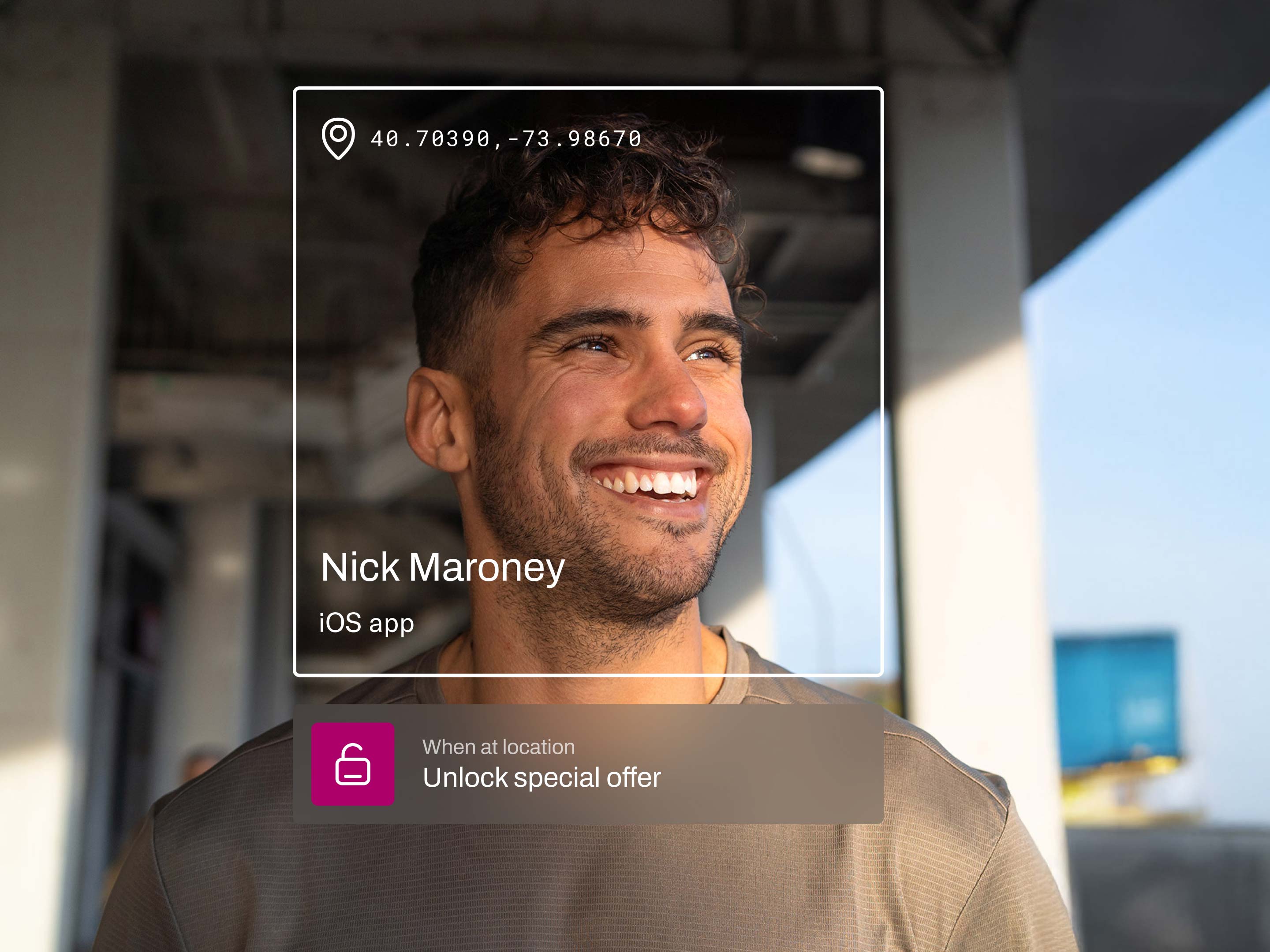
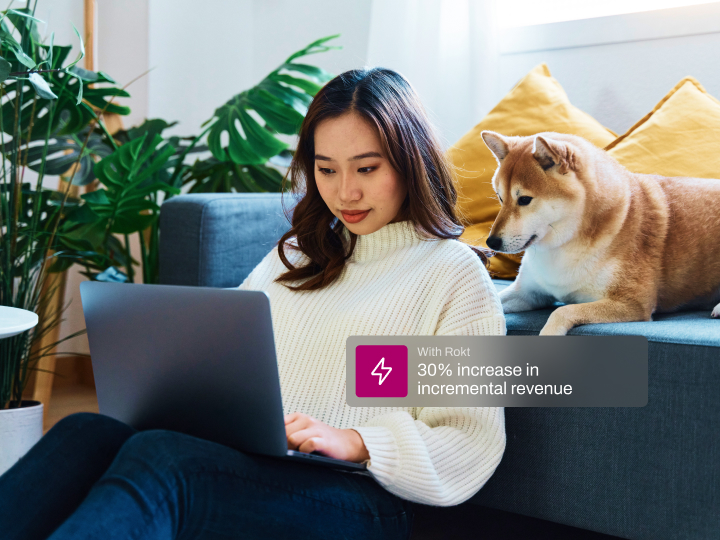
.jpg)
